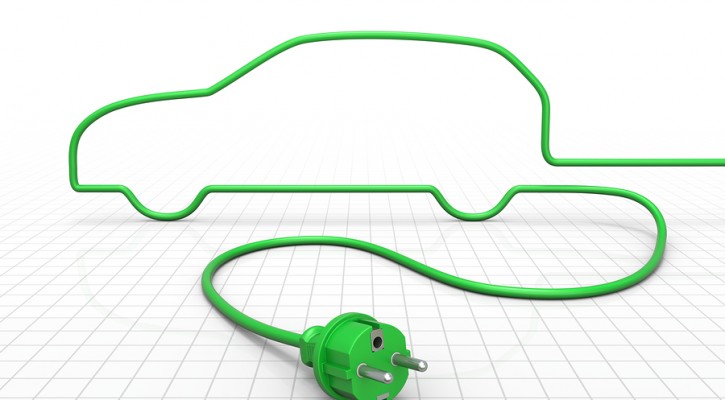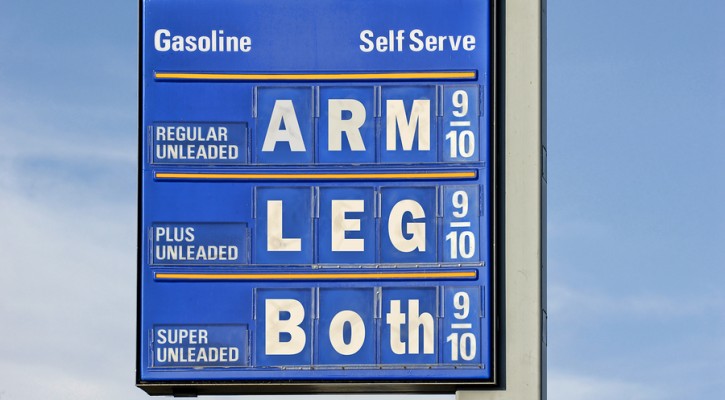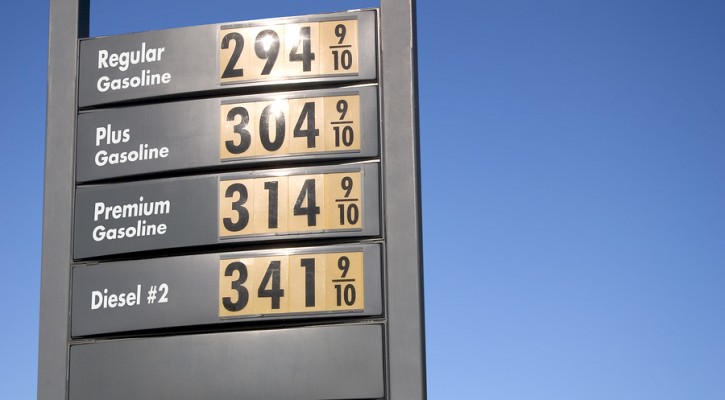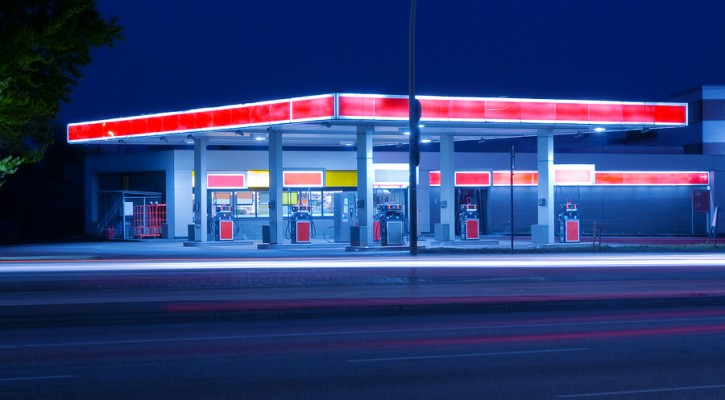
Thinking of Buying an Electric Car?
August 11, 2014
If there’s anything consistent in this world, it’s the ever-raising cost of gasoline. Even with the recent drop in prices this summer, there’s little doubt that next year’s price-per-gallon will be more than this year. That’s why many new car owners are considering buying an electric car.
For most people, new-car shopping is not an affordable luxury. Instead, they begin searching the used car classifieds and dealerships in pursuit of the best deal. However, in the world of electric cars, you just might be better off with a brand new model.
At least, in most states. This informational post over at Wired explains how leasing a new electric car can be more affordable than buying a used electric car:
Why It’s Cheaper to Lease New Electric Car Than Buy a Used One

The Scoop on Premium Gas
August 10, 2014
What is premium gas? Why would you need it, and does it really do us drivers any good? Click and Clack are here from Car Talk to answer those questions – and clear up a few myths – about premium gas. Before forking out an extra 20 – 30 cents per gallon, you’d better read through these commonly asked questions about Regular vs. Premium gas:

Gas Prices Going Down?
August 7, 2014
The summer is in full swing, with full-heat and full-summer-fun bearing down on us. This is usually about the time that gas prices soar so high they cause spastic cringing at the pump. However, this August has seen the lowest gas prices in 4 YEARS!
CELEBRATE GOOD TIMES!
It’s indeed a time to rejoice. In fact, CNN Money predicts that people in some parts of the country will be paying less than $3 a gallon by the end of the year. While that might seem like wishful thinking, we’re certainly on the right track. The national average price per gallon is a whopping 15-cents lower than July 4, and a mind-blowing 35-cents lower than June.
If prices continue going down, we’ll be seeing some pretty happy drivers this year. If prices continue going down until they hit $3 per gallon, we’ll all be crying tears of joy… at least for a little while.
But, let’s not get too ahead of ourselves. The future is a finicky mistress, especially when it comes to the oil market. The best course of action is to cross our fingers and enjoy the low prices while they last.

Are Gas Stations Cheating Us at the Pump?
July 10, 2014
Whether you’re driving a car, motorcycle or 18-wheelin’ tractor-trailer, gas prices are always a concern. Drivers seek out the cheapest prices in town, sometimes waiting in line at a gas station that charges pennies less than other pumps around.
However, many gas stations fail to maintain accurate pumps, while others go so far as to actually cheat their customers. So how are we supposed to know if we can trust our local gas stations?
Before you lose faith in humanity and distrust every pump you use, let’s look at the facts.
Inspectors say that they try to go to every station once a year for routine inspections. If they receive a complaint about a particular gas station, they send inspectors to that location ASAP, sometimes within 24 hours.
Most of the time, pumps are right on the money. They pour the exact amount of gas shown on the meter, and charge the exact price listed on the sign. However, a significant number of stations fail the inspection. Some dispense less than what’s being shown on the meter, while others actually dispense more.
So, poor calibration can result in consumers being short-changed, but it can also result in consumers receiving more fuel than they paid for. For this reason, most gas station owners actually want inspectors out there testing for accuracy.
It is very rare for gas stations to cheat consumers on purpose.
One way inspectors can tell whether customers are being cheated on purpose is by paying close attention to seals underneath the pump. Licensed repairmen will seal the pump with one of their tags during calibration. If that seal has been tampered with, then there’s reason to suspect malicious intent.
Everyday drivers can monitor their local gas stations as well. Take note of how many gallons your tank holds. Then, when you go to fuel up, keep an eye on how many gallons are pumped. If you pump 20 gallons of gas into a 17-gallon tank, then you have reason to be suspicious. If your tank is half empty and you are charged for 15 gallons, then you have reason to be suspicious. However, gas gauges usually aren’t precise, so don’t get too suspicious if calculations are off by a couple of gallons.
Another way to keep an eye on gas pump accuracy is to check the final price. Make sure that the amount charged corresponds to how many gallons were pumped. This is a simple calculation: total price divided by number of gallons.
Drivers can also keep an eye out for outdated inspection stickers. Every pump should have a sticker that shows when it was last inspected. If your local gas station hasn’t seen an inspector in more than one year, then a simple phone call to the number listed on the sticker will get an inspector out there in no time.

Higher Gas Prices Create Safer Roads
July 8, 2014
As gas creeps up to $4 per gallon, we’re all feeling the pain in our wallets. However, there’s one positive aspect to this painful trend: safer roads.
That’s right. As the gas prices go up, car accidents go down. Why? Well, there are several reasons why gas prices and safer roads go hand-in-hand.
Less Driving
The more gas costs, the less people drive. Instead, they walk, bike and use public transportation. They stay home for dinner instead of driving in circles looking for a place to eat. They take fewer road trips and scenic cruises. They save their precious gas for the most basic and essential tasks, such as commuting to work or school.
This simple money-saving solution clears the way for safer roads. When more people limit their driving, there is less traffic. When there is less traffic, there are fewer collisions.
Teens Drive A Lot Less
Teens often have too much time and too little money on their hands. When gas prices are low, cruising around with friends can be a fun pass time.
However, teen drivers are risky drivers. They are more likely to be involved in an auto accident than experienced drivers. So when gas prices soar too high for the average teenage income (which is usually pretty low), younger drivers tend to drive less. Since there are fewer high risk drivers on the road, there are fewer accidents.
Hyper-miling and Driver Safety
Hyper-miling is a driving tactic that increases fuel efficiency. Hyper-milers drive slower, accelerate and decelerate more gradually, keep a safer following distance, and avoid areas with lots of intersections and traffic. All these gas-saving tactics are also great safe-driving habits.
It’s nice that higher gas prices are creating safer roads. Hopefully this trend will also create safer driving habits for the long run, because nobody wants to pour all their money into their gas tank.
In the mean time, feel free to complain about fuel costs while enjoying the collision-free commute.
